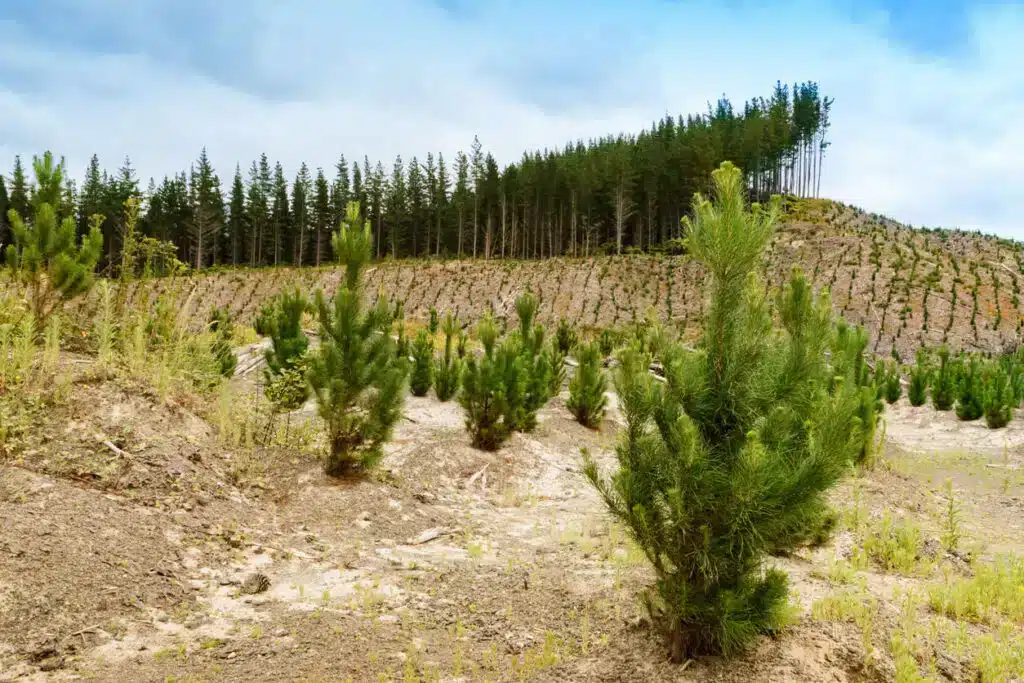New Zealand has made major changes to its Emission Trading Scheme (ETS), vowing to halve the number of units available from 2025 to 2029, from 45 million to just 21 million, in a bid to raise the price of carbon, which is now threatening New Zealand’s ability to meet climate targets.
In announcing the reforms, Simon Watts, New Zealand’s Climate Change Minister, said, “Reducing the number of units will likely see the carbon price rise. “We need the carbon price to encourage businesses and individuals to reduce emissions to meet our climate targets.”
Despite the changes driving up the cost of some consumer goods, Minister Watts said government modelling suggested the impact on household bills would be “minimal,” adding 3-4c a litre to petrol by 2029.
The changes have been welcomed by New Zealand’s forestry industry, worth NZ $6.6 billion (or 1.6% of the country’s GDP). New Zealand Institute of Forestry (NZIF) president James Treadwell claimed there was new optimism with the government stabilising the industry.
The NZIF advocates for climate forestry and represents foresters, scientists and others involved in forest management.
“This announcement is a clear signal from the government they are committed to restoring credibility to the ETS,” said Mr Treadwell. “The stability provided by maintaining the current settings and the reduced available units should help rebuild market confidence, which has been shaken in recent years.”
“While it was a positive start, more needed to be done”, he said. “It’s crucial the government continues to support the ETS and allows it to operate effectively without further disruptions.”
“With a stable ETS and a rising price for carbon units, we expect to see increased investment in the actions necessary to meet New Zealand’s international climate commitments.”

NZ’s Broken ETS Flooded by Cheap Forest Credits
The announcement came just months after the Organisation for Economic Co-operation and Development warned that New Zealand’s Carbon Market was a “ticking time bomb.”
In May, Wood Central reported that New Zealand’s path to net zero is too reliant on low-cost forests. Its “no limits” approach to afforestation now leaves its carbon market “at risk” from overinvestment at the expense of other solutions.
According to the OECD, NZ’s current policy does not incentivize emitters to address the root cause of climate change—they opt to offset and plant new trees rather than actively reduce emissions in production.
As a result, NZ’s tree planting reached an all-time high in 2022, topping more than 60,000 hectares, a 71% increase from the NZ government’s expected 35,000 hectares. The report notes that the driver in the surge in planting is the offset cost—$50.00 per tonne of CO2—which is half the cost of adopting carbon reduction tech, which kicks in at $100.00 per tonne.

“Drawing that to its natural conclusion,” the report said, for forests to be effective, “they need to remain in existence for as long as the CO2 – (potentially) hundreds of years.”
“If gross CO2 emissions continue, this would require every increase in plantings and land use change,” the report said, adding that the land would remain locked into forestry until carbon locked up in trees can be moved into another, more cost-effective sequestration option.
- Wood Central understands that the unit number changes will take effect from the first carbon auction in 2025.






